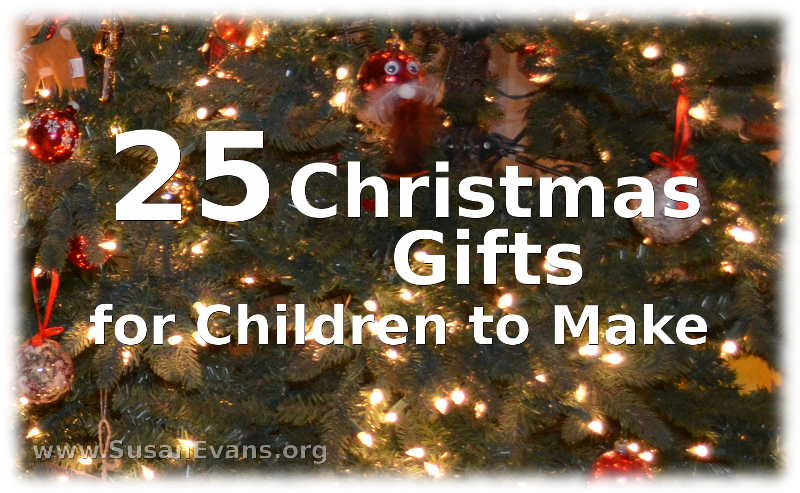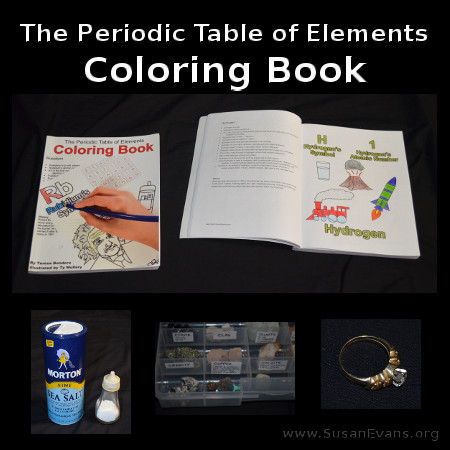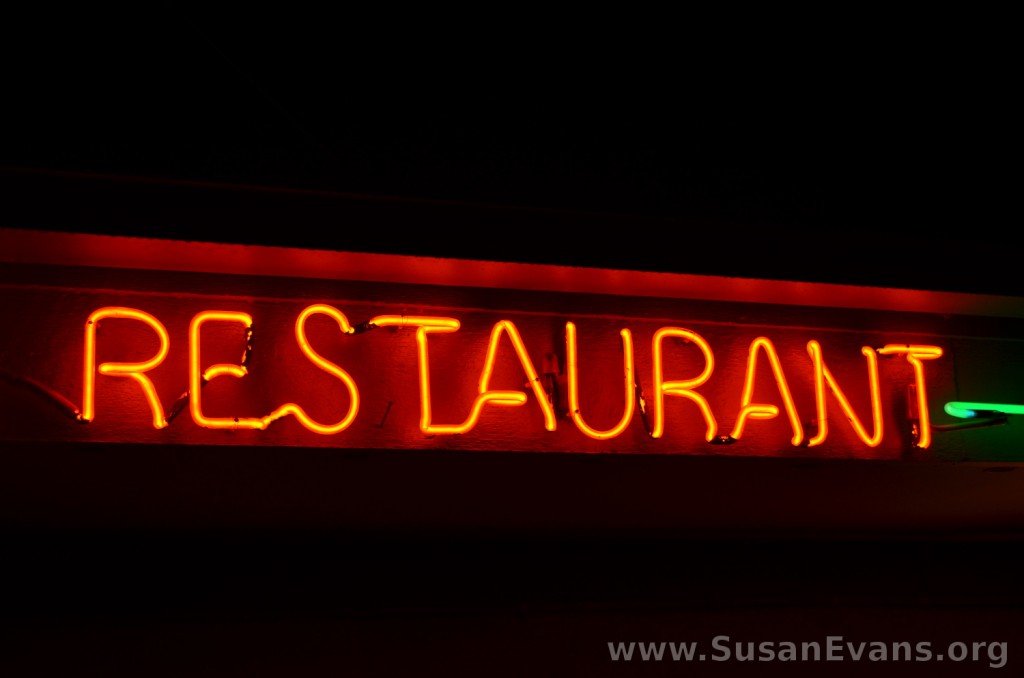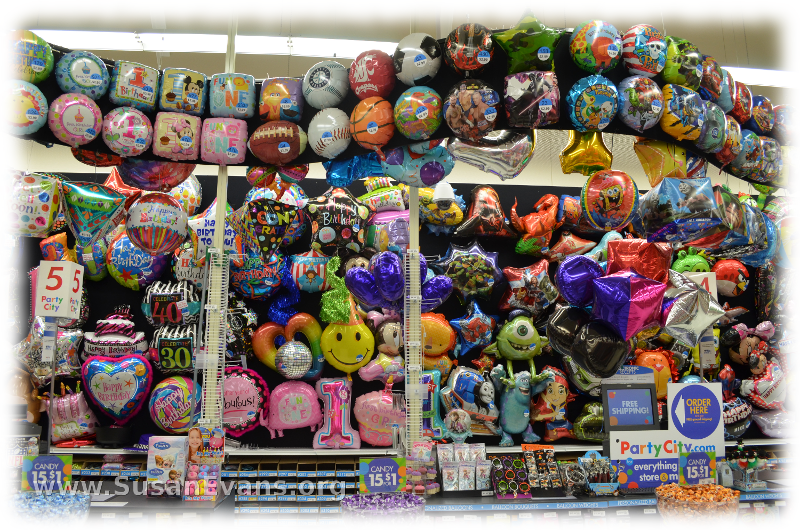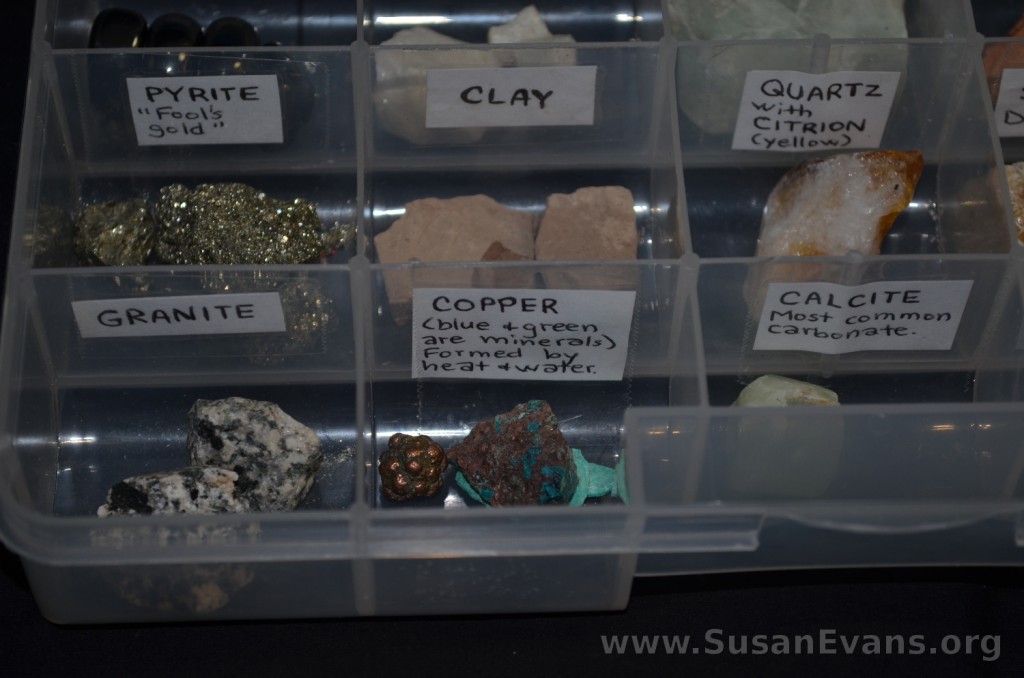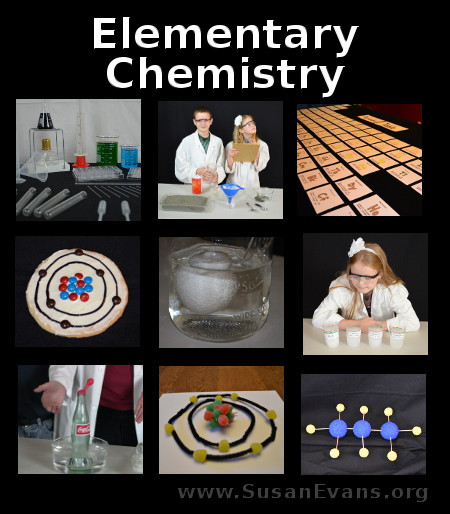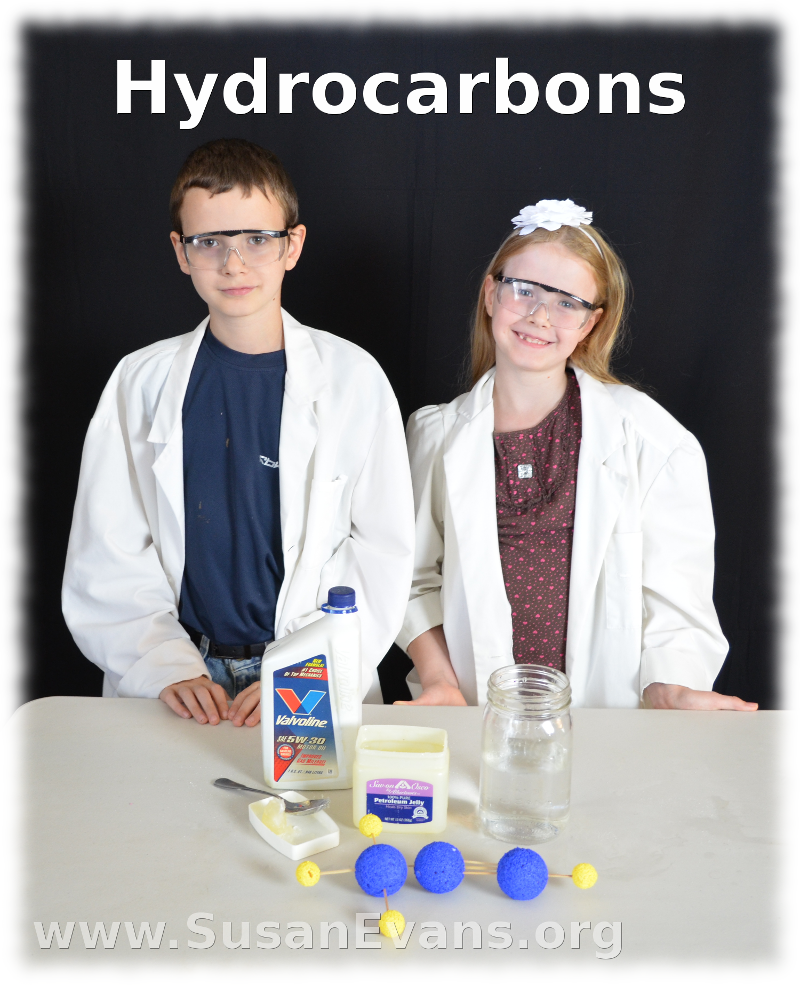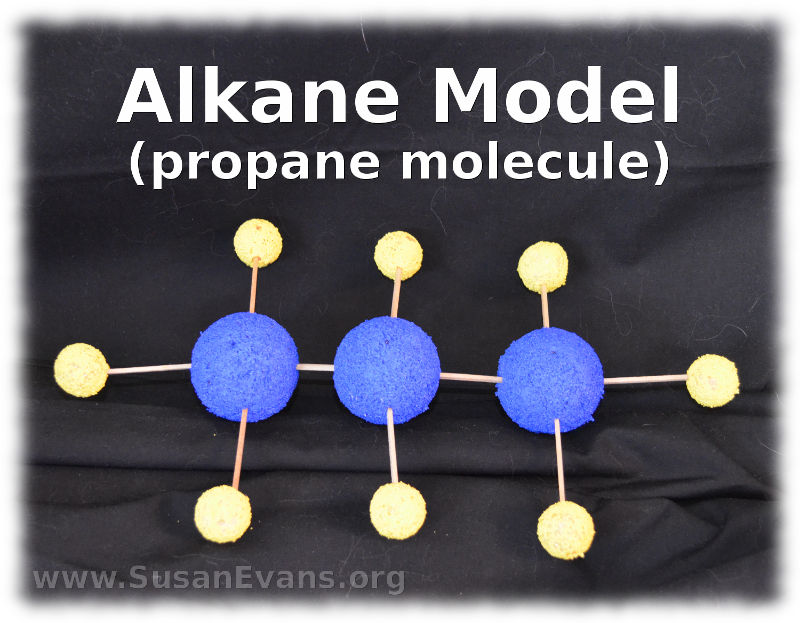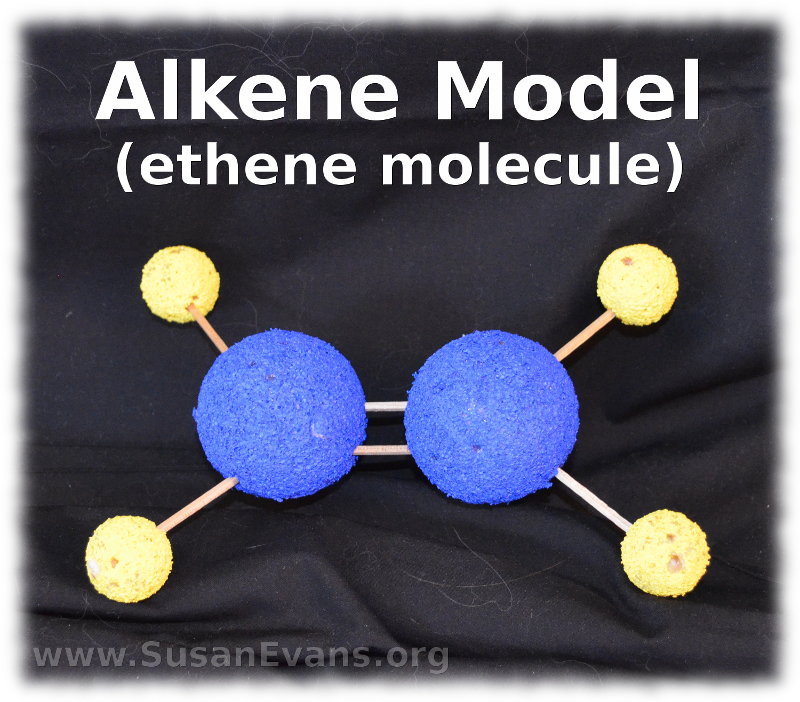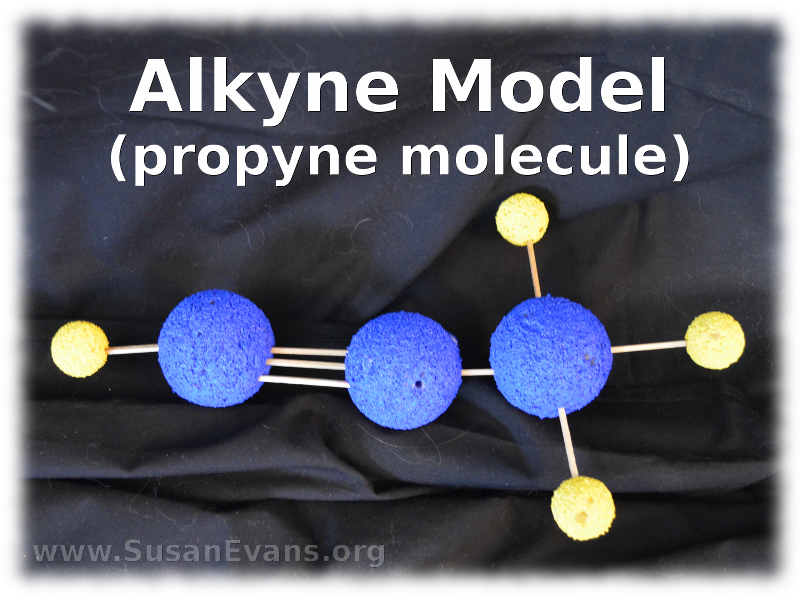Here are 25 fun Christmas gifts for children to make. Twig frames, clocks, bottle cap magnets, and more! They look beautiful and can be custom-made for friends and family:
- Twig Frame: Hot glue twigs to a frame. Gorgeous and simple. Make sure to choose a picture to put into the frame.
- Clock: Make your own clock by getting the parts at a craft store. Stain or paint the wood, drill a hole for the clock parts to be mounted, and decorate.
- Bottle Cap Magnets: Cut circles of paper and decorate them with markers. Glue into bottle caps, and put magnet backing on them.
- Pottery: Get some self-hardening clay and a toy pottery wheel, and make some pottery.
- Basket: Purchase a basket-making kit and weave a basket.
- Decorated Candle: Glue tissue paper onto a jar with a candle inside.
- Box of Homemade Cards: Have children decorate homemade cards with card stock paper, cloth fragments, glue, and markers.
- Soap Shapes: Use a cookie cutter to make soap shapes.
- Shape Books: Create shape books for younger brothers and sisters with paper, a stapler, and construction paper.
- Dolls and Pillows: Cut out shapes of felt, stuff them, and sew them together. Add embellishments. (Here is another example)
- Pop Bottle Bird Feeder: Make this simple bird feeder with a pop bottle for the bird lovers in your family.
- Crazy Hat: Decorate a crazy hat for a younger sibling.
- Costume: Make a simple Bible costume, Egyptian costume, Greek costume, or Roman costume to give away as a gift to someone who enjoys theater.
- Embossed ornaments: Make some embossed ornaments with an embossing kit. Here are some tips for success in embossing.
- Roman Coins: Make Roman coins for someone who likes that time period.
- Clay Sculpture: Sculpt a shape out of clay that will delight the recipient. Sculpt a fish for a fisherman, an apple for a teacher, or a pie for a baker.
- Coat of Arms: This would be for older children to sew, or you can have younger children glue felt shapes onto a shield shape.
- Toy Trebuchet: Get a toy trebuchet kit and have your child put it together for a younger sibling.
- Framed Poem and Illustration: Write an original poem and illustrate it. Frame both the poem and the illustration. (These can be heartfelt and poignant or downright silly.)
- DVD of a Puppet Show: Have your child write and perform a puppet show, using the video camera on the computer. Burn the show onto a DVD and give it to a younger sibling or to Grandma.
- Cross Mosaic: Get an unfinished wooden cross from a craft store and glue tiles onto it. Great as a wall hanging.
- Canvas Bag: Decorate a plain canvas bag by sewing embellishments on it or making a design with fabric markers.
- Decorated Ornaments: Make faces on regular Christmas balls with any crafts supplies lying around your house. These look goofy!
- Box of Snowflake Cards: Make a box of snowflake cards by poking holes and sewing white yarn into black card stock paper.
- Framed Textured Art: Create textured art by gluing pieces of fabric together to form a pattern. Frame your masterpiece!
